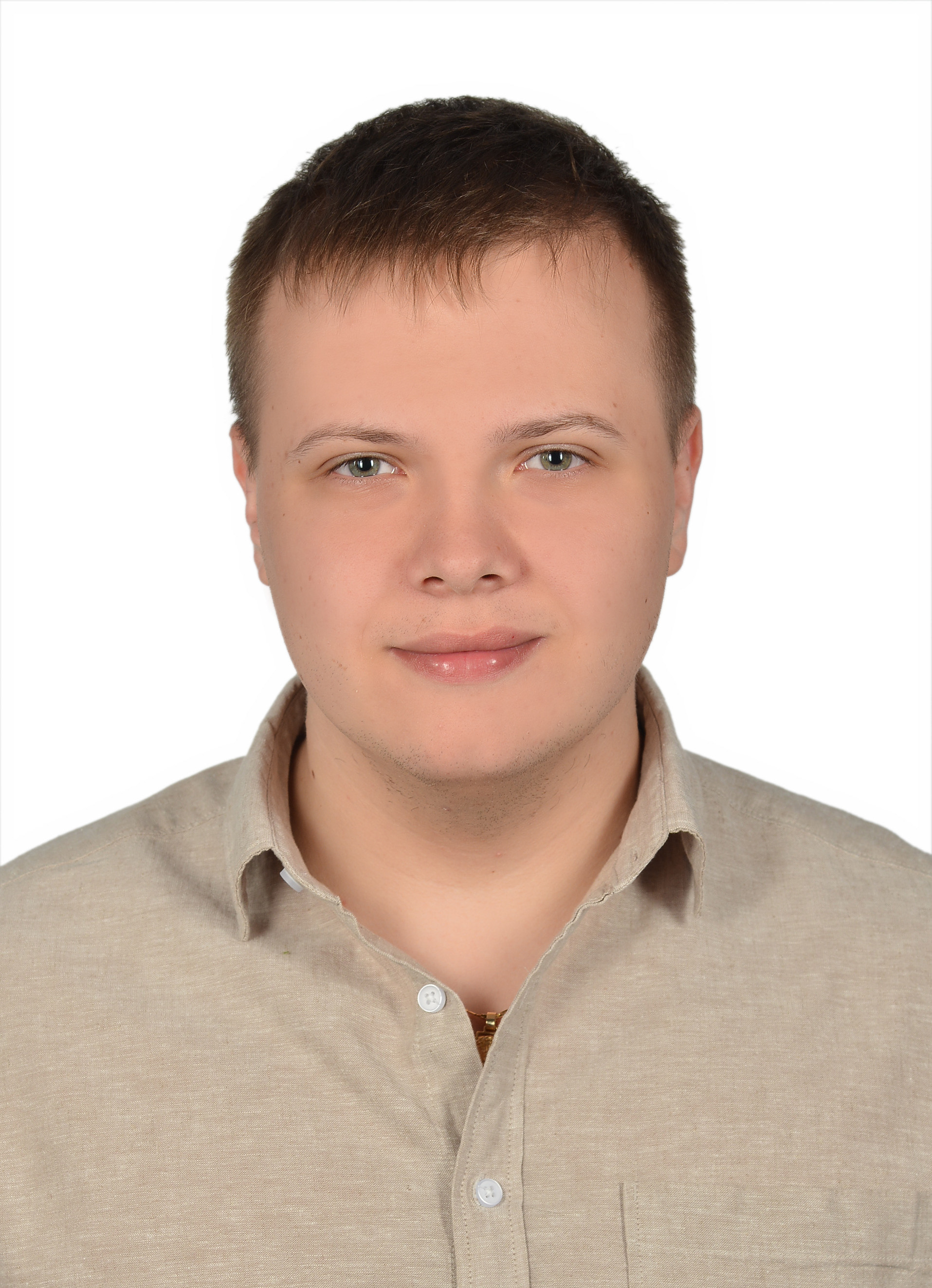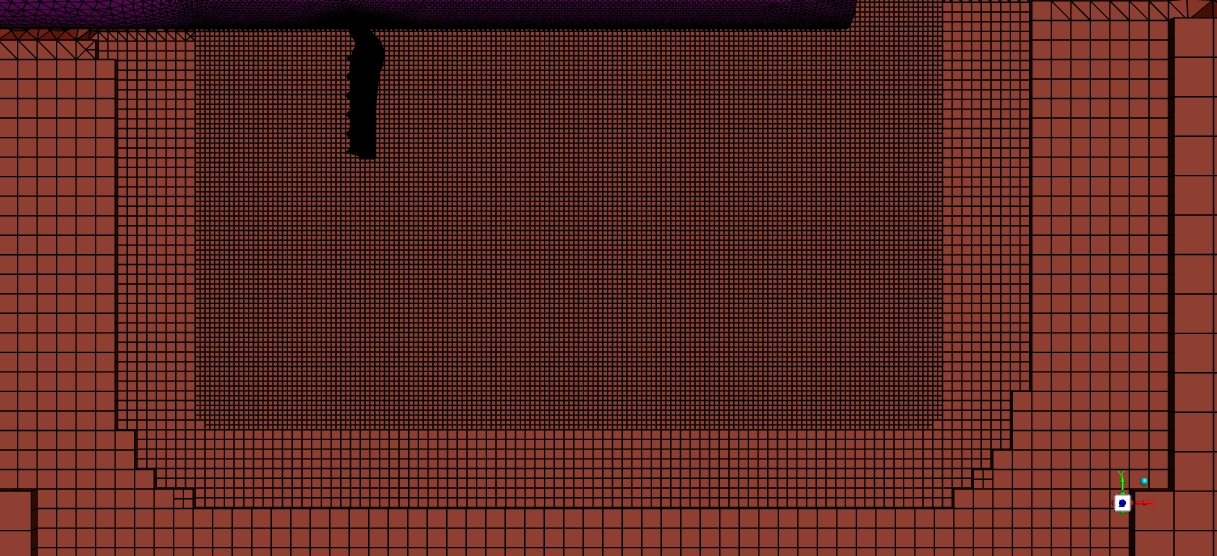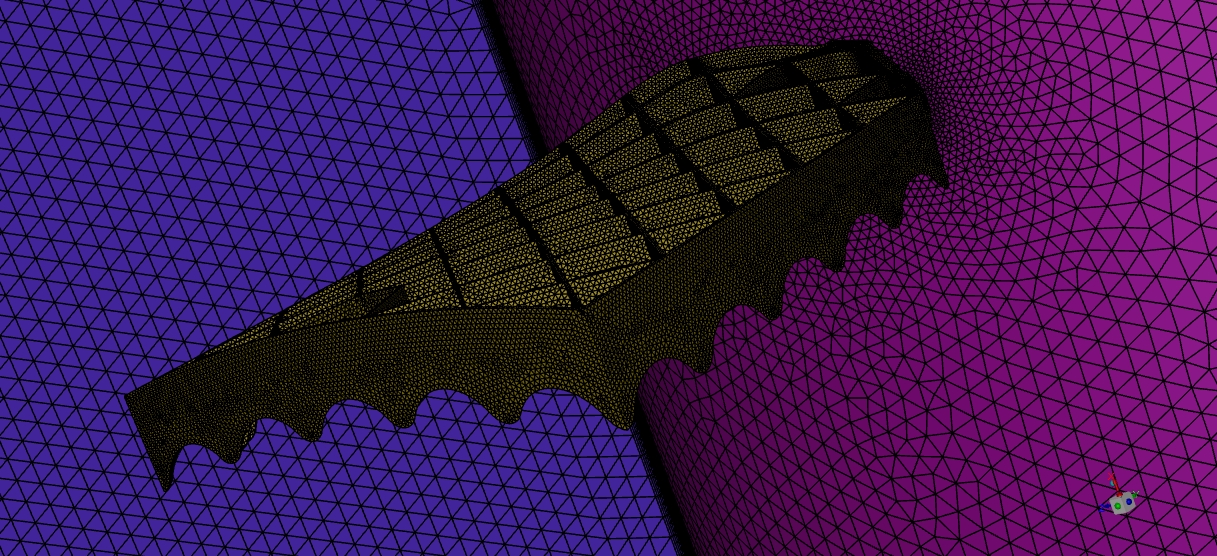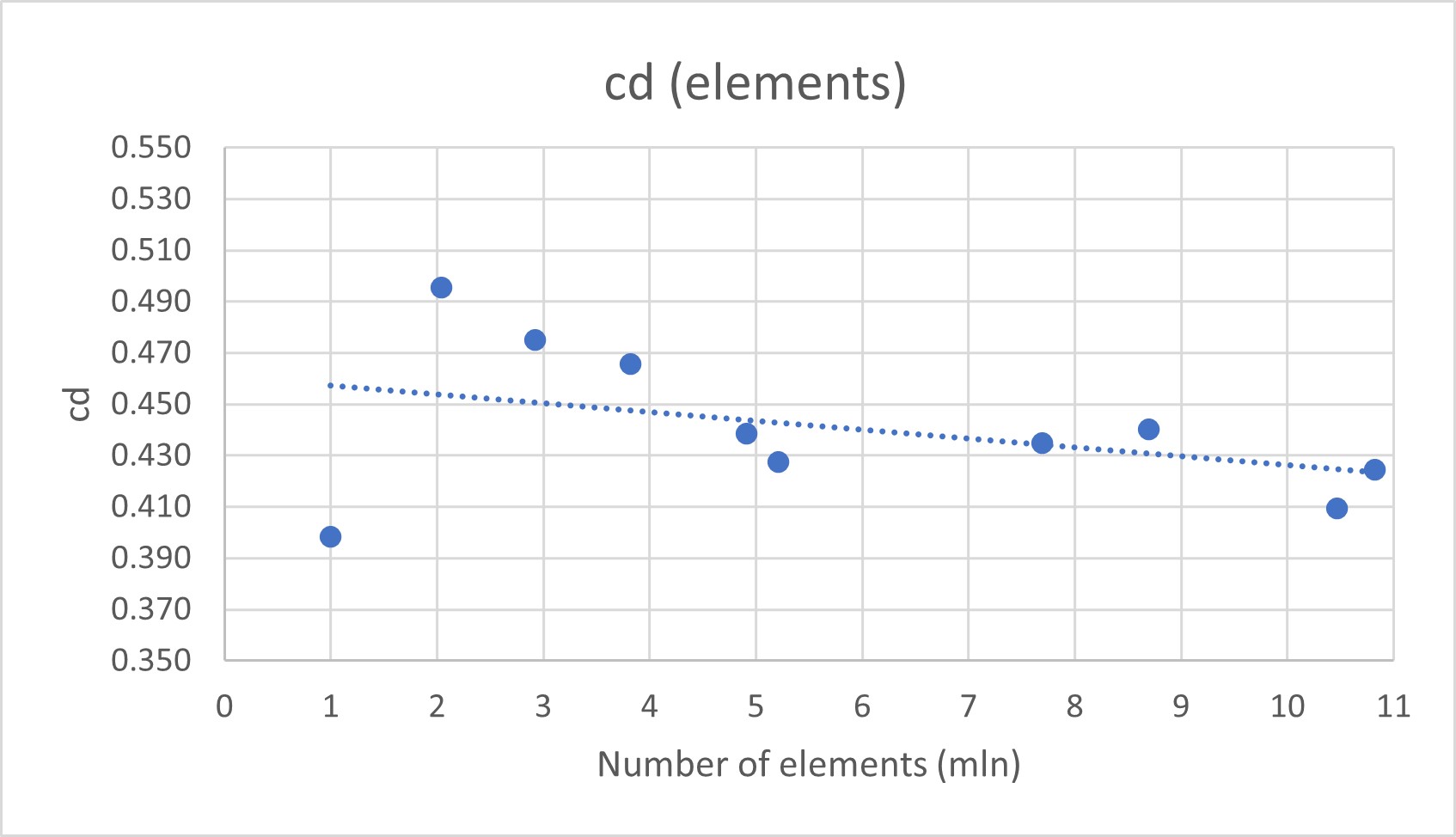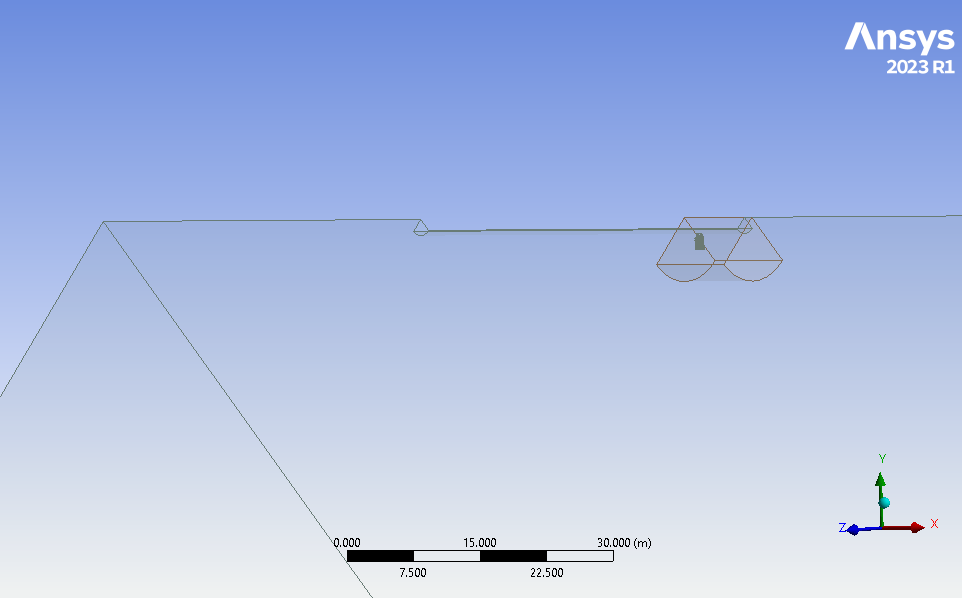About Me
I am a highly motivated aerospace engineering master's student with a strong focus on
computational fluid dynamics (CFD) in high-speed aerodynamics and reentry vehicle analysis.
My expertise includes numerical simulations of hypersonic flows, turbulence modeling, and
aerothermal effects, with a particular emphasis on shape parameter optimization for
reentry configurations. My research and academic projects have provided me with deep insights
into aerothermodynamics, mesh sensitivity analysis, and shock-wave interactions in hypersonic regimes.
In my role as a Junior Aeromechanic Engineer at the Warsaw Institute of Aviation (EDC), I have
gained hands-on experience in running aeromechanical analyses using ANSYS and GageMap,
processing and interpreting large datasets from experimental campaigns, and preparing
certification documentation. Working in an international team, I have developed strong
collaboration and communication skills, ensuring high-precision results while effectively
coordinating with engineers from diverse backgrounds.
I have participated in an internship at Rocket Factory Augsburg (RFA), where I had the opportunity to further develop my skills in aerodynamics, teamwork, and working in a rapid, research-driven environment. During my time there, I contributed to solving real-world problems in rocketry, gaining hands-on experience in research and development (R&D) processes. This experience not only enhanced my technical expertise but also strengthened my ability to collaborate effectively in high-pressure situations, delivering innovative solutions to complex challenges.
As a member of the Students' Space Association - Rocketry Division, I contributed
to the aerodynamic analysis of key rocket components, including the split canards of the
FOK Rocket and the nose cone and fins of the GROT Rocket. This experience has sharpened my
ability to optimize aerodynamic performance, troubleshoot complex simulations, and work
under tight deadlines within a dynamic, team-driven environment.
My academic journey has also included practical research projects, such as my Bachelor's thesis
on the aerodynamic performance of Falcon 9 grid fins across all Mach regimes. I performed
detailed CFD analyses, mesh convergence studies, and post-processing in ANSYS Fluent, which
deepened my expertise in high-fidelity aerodynamic simulations.
Beyond technical skills, I bring a proactive and problem-solving mindset, excellent adaptability,
and a strong ability to work in interdisciplinary teams. My international project collaborations
have strengthened my ability to communicate complex engineering concepts effectively. Additionally,
I am highly organized, detail-oriented, and thrive in high-pressure environments that require
both analytical and creative problem-solving skills.
Passionate about advancing aerospace technology, I am eager to contribute to innovative projects
in spacecraft design, reusability, and aerothermodynamic optimization. Whether working independently
or in a team, I am committed to continuous learning and pushing the boundaries of aerospace engineering.
Besides that, in my private time I enjoy travelling, whether it is in my close neighbourhood, Poland, or abroad.
Lately I have visited Japan and South Korea, where I could observe differences between culture of western Asia and Eastern Europe.
As my next trip I am planning to visit the USA and have the oportunity to watch a rocket launch in real life instead of YouTube 😅.
